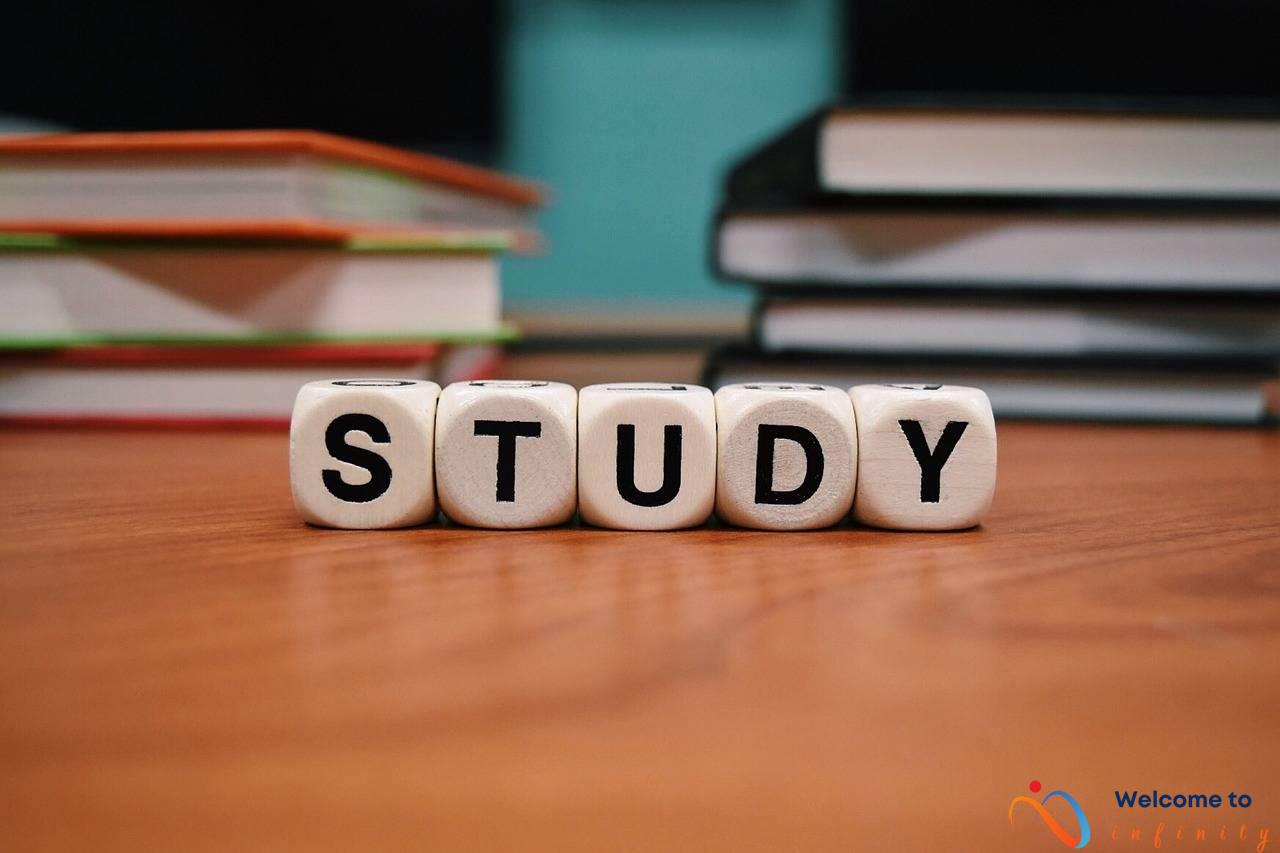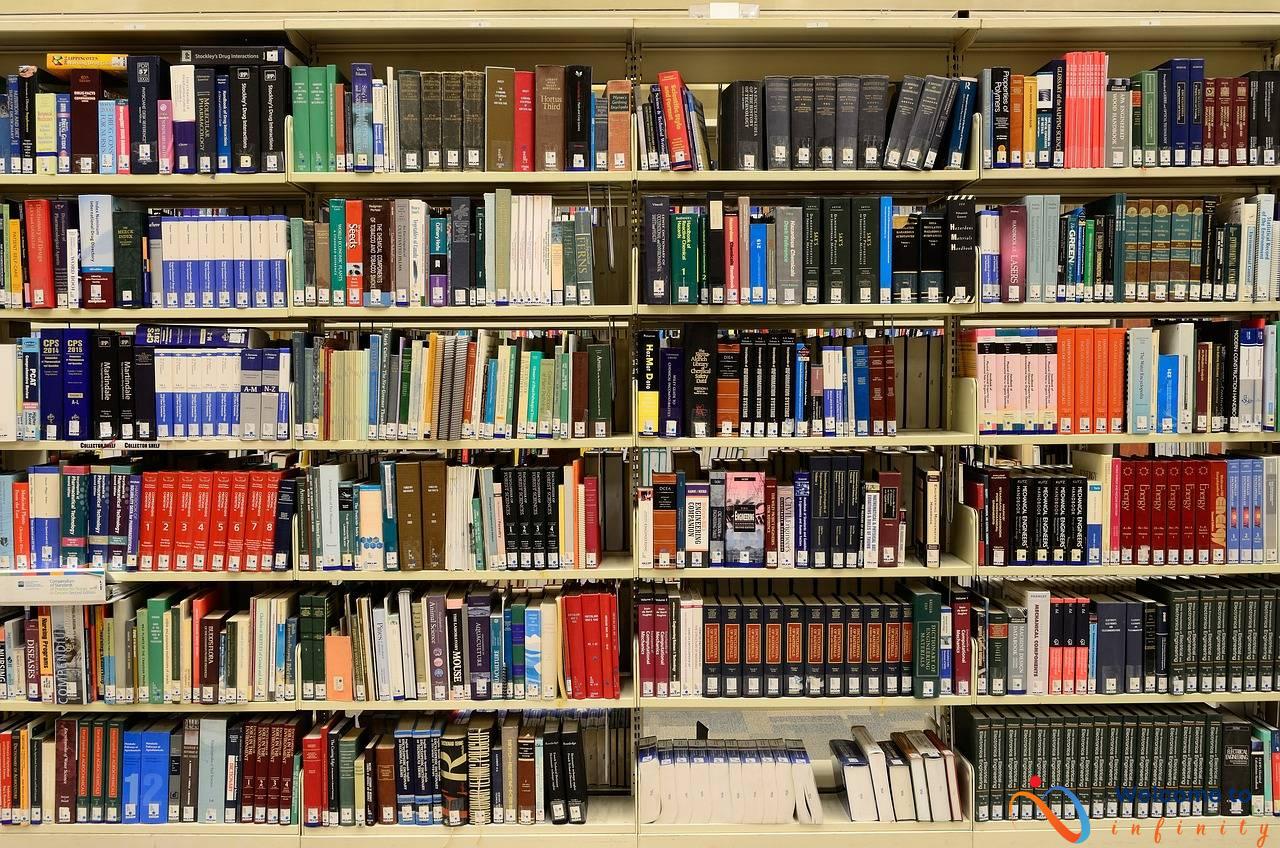Virtual reality (VR) is an emerging technology that is changing the way students learn and interact with educational content. VR technology creates a simulated environment that feels real to users, allowing them to interact with virtual objects as if they were in the physical world. Its potential for education is huge, and various applications of VR in education are widely used today.
One of the main advantages of using VR in education is its ability to provide immersive learning experiences. It makes learning more engaging, interactive, and memorable. This is especially true for complex and abstract subjects such as scientific concepts or historical events. VR technology can transform these subjects into visual and interactive experiences that students can explore through simulations and 3D models.
Another benefit of VR is the opportunity to experience places and events that students might not be able to otherwise. Virtual field trips allow teachers to take their students to places that are too far or too dangerous to visit in reality, such as the depths of the ocean or the surface of Mars. Furthermore, schools with limited budgets or access to resources can use VR to provide their students with a rich and immersive learning experience.
VR has many applications in science, medical, and engineering education. It can recreate hazardous or complex scenarios that require significant training and practice, such as undersea exploration or space travel. Medical students can use VR to simulate surgeries and treatments, allowing them to practice and refine their skills before working on actual patients. Moreover, VR can help children with special needs by creating multi-sensory experiences that enhance their learning outcomes.
- VR can enhance understanding of complex scientific concepts through simulations and immersive experiences.
- VR can simulate medical procedures and provide practitioners with a safe and controlled environment for practicing surgeries and treatments.
- VR can simulate complex and hazardous scenarios that engineering students are likely to encounter in their careers.
Furthermore, VR can enable students to experience landmarks and heritage sites from around the world, providing them with an understanding of different cultures and traditions. This kind of cultural education can enhance the global perspective and understanding of students.
However, the ethical considerations of using VR in education should be taken into account. Data privacy concerns and potential addiction are some of the ethical issues that need to be addressed. Nevertheless, VR has the potential to revolutionize education and provide students with an immersive and engaging learning experience that they will never forget.
Immersive Learning
Virtual reality technology is rapidly transforming the education industry, especially in immersive learning. Through virtual reality, students can experience a simulated-real-world environment, which enhances their engagement and interaction in the learning process, improving their understanding of complex educational concepts.
Virtual reality technology provides a three-dimensional visual image which helps learners in creating mental maps of the studied content. Virtual reality also helps students to interact with learning materials, resulting in higher levels of knowledge retention. When students are actively engaged throughout their learning durations, this results in significantly reduced boredom and a more pleasant learning experience, increasing the student's overall self-motivation.
The use of virtual reality technology may also lead to the customization of learning techniques since it can create tailor-made scenarios for each learner. This means that virtual reality technology can be used to accommodate the different learning styles and personalized needs of the student population. With such customizations, students get to understand better and grasp knowledge at their own pace, as such, a more successful learning outcome.
Virtual Field Trips
One of the most exciting applications of virtual reality in education is the ability to take students on virtual field trips. With virtual reality, students can explore places they may never be able to visit, such as historical landmarks or remote areas of the world. This provides students with a rich and immersive experience, enhancing their learning and understanding of the world around them.
Virtual field trips can also be especially beneficial for schools with limited budgets or resources. With traditional field trips, schools must bear the cost of transportation, admission fees, and other expenses. But with virtual field trips, these costs are greatly reduced, making them a more accessible option for schools and students alike.
Virtual reality can also provide a safe and controlled environment for field trips that may pose risks in real life. For example, a virtual field trip to a deep-sea trench or a volcano can be conducted with no danger to the students or instructors.
- Virtual field trips can transport students to:
- Historical landmarks
- Geographical locations
- Cultural sites worldwide
- Dangerous or remote locations
Virtual field trips can provide students with an immersive and interactive experience that is difficult to replicate with traditional methods. It can help them develop a deeper understanding and appreciation for the world around them, and inspire a lifelong love of learning.
Science Education
Science education can be a challenging subject for students due to its complex concepts and theories. Virtual reality offers a unique opportunity to enhance science education by providing students with immersive and interactive learning experiences. By simulating scientific processes and concepts, students are able to better understand and retain information.
For example, students can explore the human body in great detail through virtual reality simulations. They can experience the functions of cells and organs in a way that would not be possible in a traditional classroom setting. Chemistry experiments can also be safely conducted in a virtual environment, allowing students to practice without the risk of harm.
- Virtual reality can also be used to teach astronomy by providing a virtual tour of the solar system.
- Students can watch the formation of stars and planets, study the electromagnetic spectrum, and witness the effects of gravity.
Furthermore, virtual reality can be used to teach environmental science by simulating different types of ecosystems and habitats. Students can observe and learn about different animals and their behaviors in their natural environments. They can also learn about pollution and its effects on wildlife and the environment.
Virtual reality applications in science education can provide students with a deeper understanding and appreciation for scientific concepts. It can also increase their interest and motivation in pursuing science-related careers.
Medical Education
Virtual reality is rapidly changing the way medical students learn and practice surgical procedures. It allows for immersive simulations that can provide students with hands-on experience in a safe, controlled environment. With virtual reality, students can practice surgical procedures repeatedly until they have achieved the necessary level of mastery. This kind of training can help reduce the risk of errors and improve patient safety in real-world scenarios.
Virtual reality simulations can help medical students to develop their technical skills as well as non-technical skills like decision-making, team coordination, and communication. These skills are important for effective surgical performance and safe patient care.
Virtual reality can also help reduce the cost and resource constraints that typically come with traditional medical education. With virtual reality, students no longer need to rely on cadavers or animal models for training. Additionally, virtual reality simulations can be easily replicated and shared, allowing for greater accessibility and distribution of essential medical training.
Overall, the use of virtual reality in medical education provides students with a more efficient, effective, and engaging way to learn surgical skills. Its ability to simulate medical procedures in an immersive, realistic environment makes it a powerful tool for improving patient safety, reducing errors, and enhancing the learning experience for medical students.
Engineering Education
Engineering education can greatly benefit from the application of virtual reality technology. It allows engineering students to simulate complex and hazardous scenarios that they may encounter in their future careers. Through virtual reality simulations, students can learn how to handle situations safely and effectively.
For example, civil engineering students can use virtual reality to simulate the construction of a building. This can include designing the structure, choosing the materials, and constructing it in a virtual world. The simulation can mimic weather and other environmental factors, allowing students to gain a broader understanding of the building process. The use of virtual reality technology can potentially reduce the number of errors and accidents that may occur on an actual construction site.
In addition to civil engineering, virtual reality can also be used in other fields such as aerospace engineering and mechanical engineering. Aerospace engineering students can use virtual reality to simulate a spacecraft's launch and trajectory in space. They can also simulate different scenarios that could occur during a space mission. Meanwhile, mechanical engineering students can simulate designing and testing engines, allowing them to better understand the mechanics behind the process.
Virtual reality technology can also help reduce costs in engineering education. It eliminates the need for expensive equipment and materials, which can be impractical and often dangerous to use in a classroom setting. With virtual reality, students can experiment with different scenarios and designs safely in a controlled environment, leading to a more engaging and effective learning experience.
Overall, virtual reality technology has the potential to enhance engineering education by providing students with a more immersive and practical learning experience. By simulating complex and hazardous scenarios, it can better equip students with the skills they need for their future careers.
Cultural Education
Virtual reality has opened up new possibilities for cultural education, allowing students to explore and experience cultural landmarks and heritage sites from all over the world. This can be especially relevant for students who may not have the opportunity to travel or for schools with limited budgets.
Through virtual reality, students can take a virtual tour of ancient ruins, follow the path of historical events, or visit art galleries and museums from the comfort of their classroom. They can experience the sights and sounds of different cultures through immersive experiences that can increase their understanding and appreciation for cultural diversity.
Virtual reality can also be used to enhance language learning, allowing students to practice foreign language skills in a realistic context. For example, students can take a virtual tour of Paris while practicing their French, or visit Tokyo while practicing their Japanese.
Moreover, virtual reality can provide a valuable tool for cultural preservation. By creating virtual replicas of cultural landmarks and historic sites, this technology can help to preserve them for future generations and ensure their accessibility to people all over the world.
In conclusion, virtual reality offers exciting possibilities for cultural education, enabling students to explore and experience the world in a new and innovative way. Through virtual reality, students can gain a deeper understanding and appreciation of cultural diversity while also preserving cultural heritage and landmarks for future generations.
Special Education
Virtual reality technology provides a unique way to enhance learning outcomes for children with special needs. Using virtual reality, educators can create simulations that help students develop their sensory, motor, and cognitive skills.
For example, students with autism spectrum disorders can have a difficult time processing sensory stimuli, and virtual reality can help them manage sensory overload in a safe and controlled environment. VR simulations can present sensory stimuli one at a time, and allow the user to adjust the intensity and frequency of the stimuli according to their needs.
Similarly, virtual reality can be used to help children with physical disabilities participate in classroom activities and explore new environments. Virtual reality can provide a more inclusive and accessible learning environment, allowing children with mobility impairments to interact with their peers in a more meaningful way.
One particularly exciting use of virtual reality in special education is providing immersive experiences that help students develop their social skills. VR can help students practice social interaction in a safe and controlled environment, reducing anxiety and allowing them to learn at their own pace.
In conclusion, virtual reality has the potential to significantly improve learning outcomes for children with special needs. By providing a multi-sensory learning experience that is tailored to their specific needs, educators can help these students gain new skills and build confidence in their abilities. While there are still challenges that need to be addressed, the future looks promising for the use of virtual reality in special education.
Sensory Overload
Children with sensory processing disorders may experience difficulties processing sensory stimuli such as touch, sound, and light. These disorders can make it challenging for children to manage their emotions and interact with others.
Virtual reality offers a safe and controlled environment for children with sensory processing disorders to acclimate to sensory stimuli. Through immersive experiences, children can gradually be exposed to different types of stimuli, helping them to better manage their reactions.
Virtual reality can also provide a multi-sensory experience, which can help children develop their sensory integration skills. For instance, a virtual reality game or simulation can engage multiple senses, including touch, sound, and visual input.
Using virtual reality as an educational tool for children with sensory processing disorders can also help to reduce anxiety and stress. Traditional educational settings can be overwhelming for these children, but virtual reality can provide a more relaxed and comfortable learning environment.
Overall, virtual reality can be a powerful tool for children with sensory processing disorders, providing them with a safe and controlled environment to acclimate and manage sensory stimuli. It also provides a unique and engaging educational experience that can be tailored to their individual needs.
Physical Disabilities
Physical disabilities can pose unique challenges in the classroom, but virtual reality can help to create an inclusive and accessible learning environment for children with physical disabilities. For example, some children with physical disabilities may have difficulty participating in physical activities, such as sports. However, virtual reality can provide them with an immersive experience that allows them to participate in these activities in a safe and controlled environment.
Virtual reality can also help to level the playing field for students with physical disabilities by creating an environment where physical ability is not a limiting factor. For example, in a virtual reality classroom, all students can participate in a science experiment or visit a historical landmark, regardless of physical ability.
Additionally, virtual reality can be used to provide physical therapy exercises for children with physical disabilities. By creating simulated environments that allow children to practice movements and exercises, virtual reality can help them to develop and improve their physical abilities in a safe and controlled environment.
Overall, virtual reality has the potential to greatly benefit children with physical disabilities by providing them with an inclusive and accessible learning environment and opportunities for physical therapy. As educators continue to explore the possibilities of virtual reality in education, it is important to ensure that these technologies are used in a safe and effective manner.
Ethical Considerations
The use of virtual reality in education comes with ethical considerations that need to be acknowledged and addressed. One of the main concerns is data privacy. As virtual reality applications in education often involve collecting and processing personal data, it is important to ensure that this data is collected and used in a responsible manner. Schools and educational institutions must comply with data protection laws and regulations to safeguard student privacy.
Another ethical concern is potential addiction. Virtual reality can create an immersive and addictive experience that might be detrimental to students' education and wellbeing. It is important to monitor the amount of time students spend using virtual reality in education and to ensure that it is balanced with other learning activities.
Furthermore, the use of virtual reality in education may raise questions about its accessibility and equity. Schools and educational institutions must ensure that students who cannot afford virtual reality equipment or who live in areas with limited access to technology are not disadvantaged.
Addressing these ethical considerations requires collaboration between educators, students, and policymakers. It is essential to establish clear policies and guidelines that protect student privacy, mitigate potential addiction, and ensure equitable access to virtual reality in education.
Conclusion
Virtual reality can change the way students learn and experience education. It has the potential to provide an immersive and engaging learning experience that can enhance knowledge retention and student engagement. However, as with any new technology, there are ethical considerations that must be taken into account.
Data privacy concerns are a major issue, especially when using virtual reality technology with children. Schools must take steps to protect student data and ensure that the use of virtual reality in education is both safe and effective. In addition, addiction is a potential concern, as virtual reality can be so immersive and engaging that it can become addictive. Schools must ensure that they are using virtual reality responsibly and not contributing to addiction.
In conclusion, virtual reality has the potential to revolutionize education. It is important to address ethical considerations and ensure that the use of virtual reality in education is safe and effective. As virtual reality continues to advance, it is important that schools stay up-to-date with the latest developments and use it responsibly to improve education for all students.












